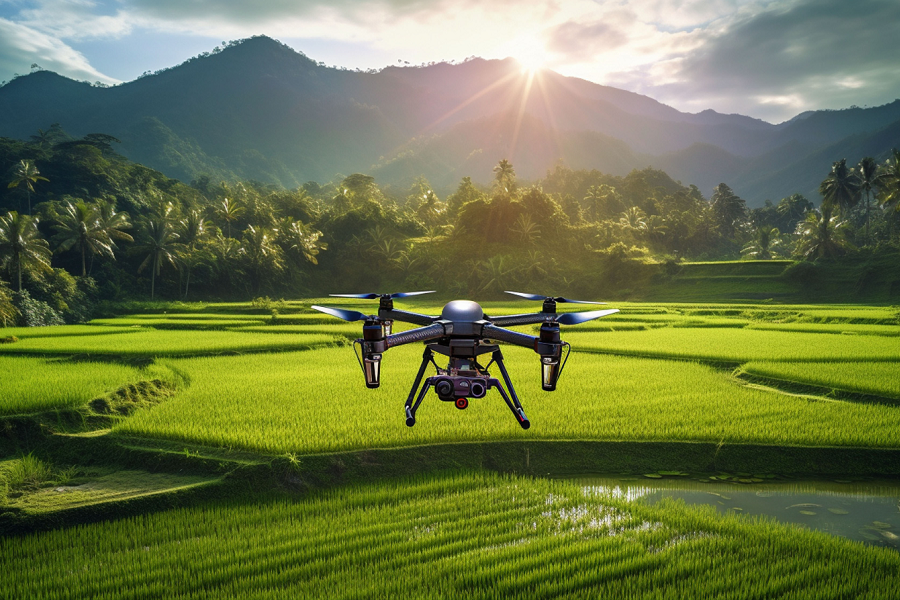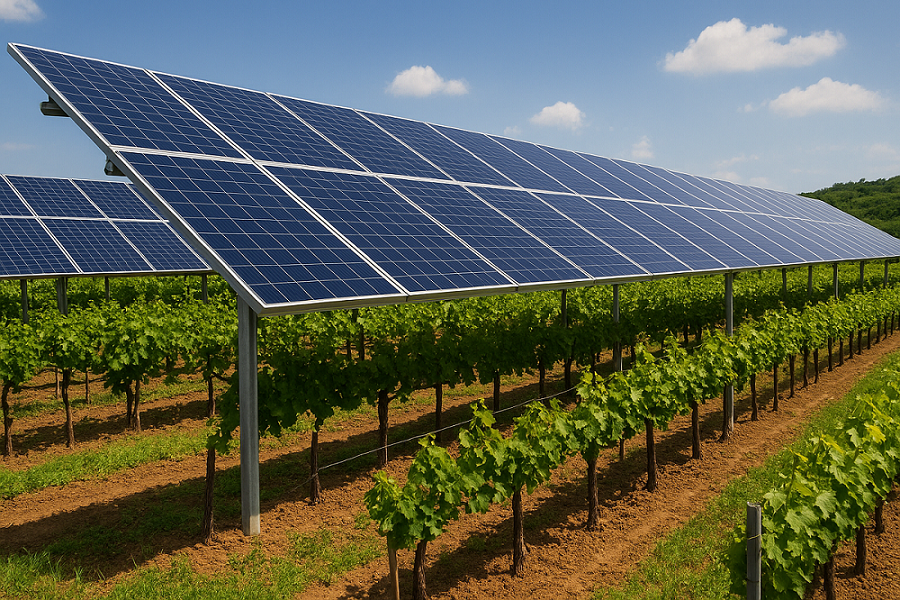by Luana Centorame
Share

Introduction
SmartCherry is a sub-project being developed within OpenAgri, funded by the Horizon Europe program. The goal of SmartCherry is to provide a digital solution for small-scale cherry farms that can support phytosanitary pest management and agronomic management of cherry trees, reducing environmental impact and improving profit margins.
The innovative idea arose from a simple question: what if the smaprthone could become an agronomic tool to help farmers and technicians cultivate better, with objective information, in a more sustainable way, and reducing costs?
Agrobit is the project leader and tech provider. Also involved are CIA Toscana as end user and three pilot farms in the Lari (PI) cherry PGI, namely Az. Agr. Impronta, Az. Agricola Luca Zaupa and Az. Agricola Mastrociliegia.
Project Goals.
The main focus of the project is to make precision agriculture accessible to small- and medium-sized farms, overcoming the economic and technological barriers that have so far limited its deployment. The goal is to validate a smartphone-based decision support system that enables cherry farmers, particularly those in rural and PGI areas, to improve agronomic management through smart but easy-to-use tools.
Specifically, the project identifies the following key objectives:
- Reduce the distribution of inputs, particularly water and pesticides, through targeted recommendations based on data collected by the iAgro application. Specifically, through the use of the camera, it will be possible to collect biometric canopy data (e.g., vigor indices, volume, and 3D pattern) and integrate it with weather data (e.g., daily temperature, rainfall, and humidity). The fusion of this information will result in alert messages for the farmer or agronomist, e.g., to warn of the pressure of a pathogen, insect, or adverse weather condition (frost).
- Support traceability and compliance with PGI specifications through app-generated reports. To date, accurate and transparent documentation of agronomic practices is a must. These reports will be structured according to standard formats, thus facilitating compliance with certification requirements and communication with inspection bodies. In this way, automation of reports simplifies bureaucracy and strengthens product reliability throughout the supply chain.
- Ensure offline operation, which is necessary and useful in rural areas with poor connectivity. In most cases, this aspect limits the adoption of digital tools. To address this critical issue, the app was designed with a dual architecture: a cloud-based version and a mixed edge/cloud version capable of offline operation. Data collected by the iAgro app is processed directly on the device, allowing farmers to access information and recommendations in real time, even when offline. Synchronization with cloud services occurs automatically when the connection is restored, ensuring business continuity and system reliability in any environmental condition.

Fig.1: Cloud/edge architecture of the iAgro app enhanced with OpenAgri services.
IGP Lari Cherry
The IGP Ciliegia di Lari identifies a distinct geographical production region that falls within the municipalities of Casciano Terme-Lari, Terricciola and Crespina-Lorenzana. About 50 percent of Tuscany’s cherry production comes from this area, with a total of 40 producers on 70 hectares. These are mainly small farms, often with less than 10 hectares, which face increasing challenges.
Farmers must meet increasingly high standards of quality, traceability and sustainability. In addition, cereal farmers are often excluded from technological innovation due to the absence of dedicated tools and software. Most digital solutions and precision agriculture tools are developed for the dominant crops in the Italian landscape, in terms of extension and profit, such as cereal crops and vineyards. Moreover, it is crucial to consider that Italian farms have an average area of 10 hectares, which translates into a low capacity for economic investment, currently required for the digital transition.

Fig.2: Cherry orchards in the PGI of Lari (Pisa, Italy).
Why choose iAgro
iAgro is a simple, affordable and effective digital solution. Already tested on other tree crops, including vines and olive trees, the app can turn your smartphone into a valuable precision farming tool.
The app uses the smartphone camera to scan trees in 3D and generate so-called digital twins or “digital twins. “ The three-dimensional model of the plant is critical to automatically derive biometric data, vigor indices, and crown volume.
Key to the project is the integration of the existing application with services to improve the use of weather data (both forecast and historical), predictive models for disease and resource management, and the function to generate automated reports.
Predictive models for cherry trees are mainly focused on three problems found in farmers’ experience (Figure 2): moniliasis (caused by the fungi Monilia spp.), cherry midge (Drosophila suzukii) , and frost damage.
In general, predictive models are based on the observation of aggregated weather data, especially moisture and temperature parameters that are constantly monitored. The predictive model will send alert messages to the smartphone to enable the farmer to take timely action and make informed decisions.

Fig.2: Predictive models integrated into the iAgro app for cherry tree defense.
Conclusions
SmartCherry represents a concrete vision for the future of small-scale agriculture. An approach that puts the real needs of cherry farmers at the center, combining ease of use, sustainability, and innovation. Thanks to the modularity of the iAgro app and integration with OpenAgri services, the system can reduce environmental impact, improve farm profitability, and facilitate access to quality certifications.
Its scalable and open-source nature makes it replicable on other tree crops and adaptable to different geographical contexts, representing a virtuous model for addressing the digital transition of European agriculture.




